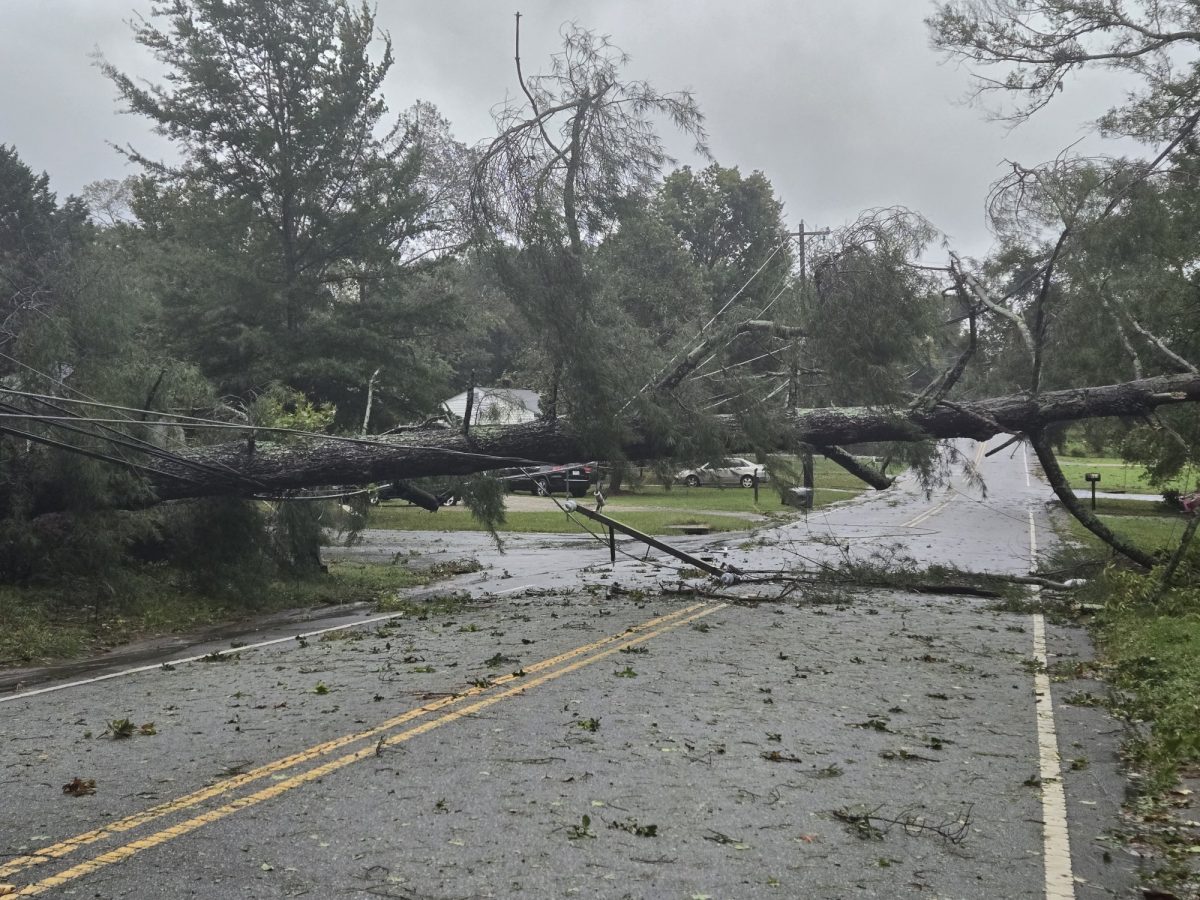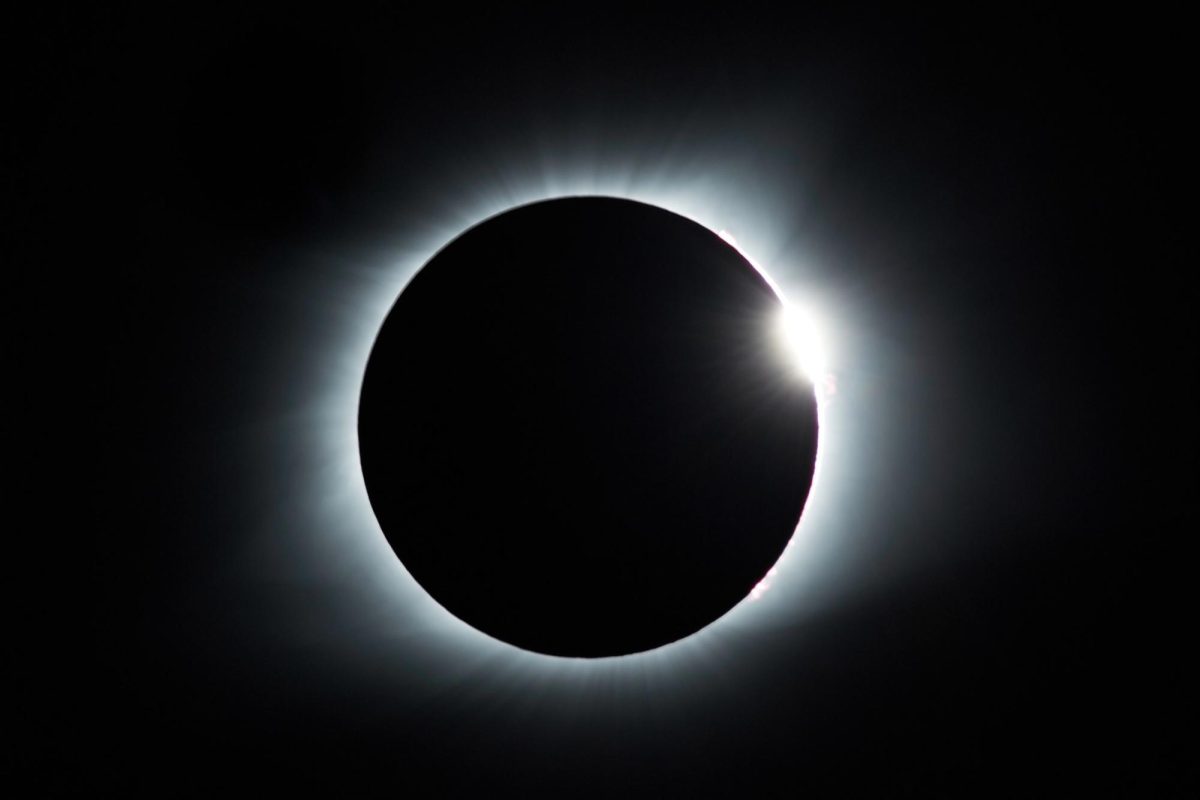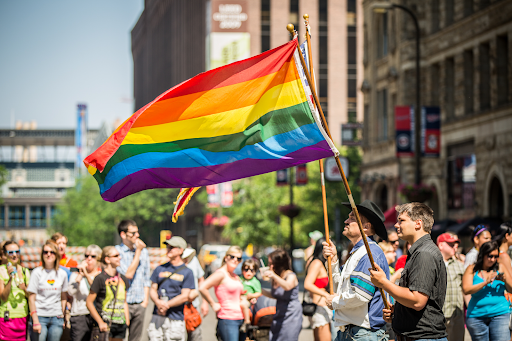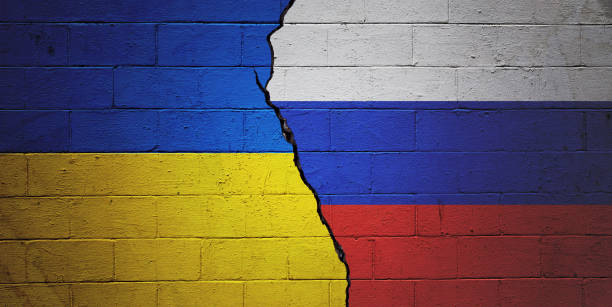In the last weeks of September, thousands of residents in Florida were under mandatory evacuation orders for Hurricane Helene that was brewing in the Atlantic. But its devastating impacts were felt far beyond Florida, with destruction reaching into the Carolinas.
The Category 4 hurricane made landfall on September 26th, reaching wind speeds of 140 mph and pouring out 40 trillion gallons of water across the American southeast. The death toll climbed to over 230, making it the deadliest US hurricane since Katrina in 2005.
Gail Kain, a resident of Greenville, South Carolina, describes the destruction as devastating and “totally unexpected.” In a town that lies in the mountains and hundreds of miles away from the coast, the people did not believe that the hurricane would ever be that bad. Kain says they usually only experience what they call “leftover hurricanes,” which might just be some mild wind and rain from a hurricane on the coast.
In Greenville, massive trees toppled onto houses and power lines, leaving many without electricity for several days. Without electricity to cook or refrigerate food, people were forced to rely on local restaurants and found that ice to store food was becoming increasingly scarce. Grocery stores that didn’t have generators lost much of their refrigerated stock when the power went out. In more remote areas, food and water had to be delivered to people by trains of pack mules.
The flooding in Greenville posed a danger entirely of its own. Kain describes one creek that rose over 18 feet higher than its normal water level, partially covering a bridge. One family tried to cross the bridge, but got stuck in the flooding. They had to wait and be rescued by the local fire department in a raft.
With states still reeling from these impacts, Hurricane Milton came hurtling towards the Florida coast just two weeks later. Initially forecasted to be a Category 5 storm, Milton weakened into a Category 3 before making landfall on October 9th. This development, reminiscent of Katrina, led to officials warning of tornadoes and life-threatening storm surges.
In Asheville, NC, thousands of people are still without water after Helene; in Florida, millions have been without electricity. The death toll continues to climb. And there are still weeks left in hurricane season.
While those living on the coast are no stranger to hurricanes, the most recent decades have hit communities harder than ever before. Experts are finding that these intense hurricanes are the results of the global climate crisis.
According to the World Weather Attribution, global warming made Hurricane Milton’s wind speeds about 10% greater and rainfall totals over 20% greater. The warming surface temperatures of the water are a main factor in this, and the WWA estimates that it made Helene 200-300 times more likely to happen.
It also seems that nowhere is safe from the cataclysmic impacts of climate change. Asheville, North Carolina was considered to be a “climate haven,” because of its mild seasons and seemingly safe location. Although scientists have now disproved the idea that anywhere can be a so-called climate haven, the effects of Helene were still shocking. The city lies hundreds of miles away from where Helene made landfall, but still suffered landslides, flooding, and intense destruction.
Kain also talks about how the flooding in North Carolina is still there. Many places are still without roads and sections of the interstate are closed, forcing traffic to route through national parks and cutting off residents from supplies.
For now, all scientists can do is track potential threats in the Atlantic until this season ends. But the looming threat of climate change should be a wake-up call to us all.









